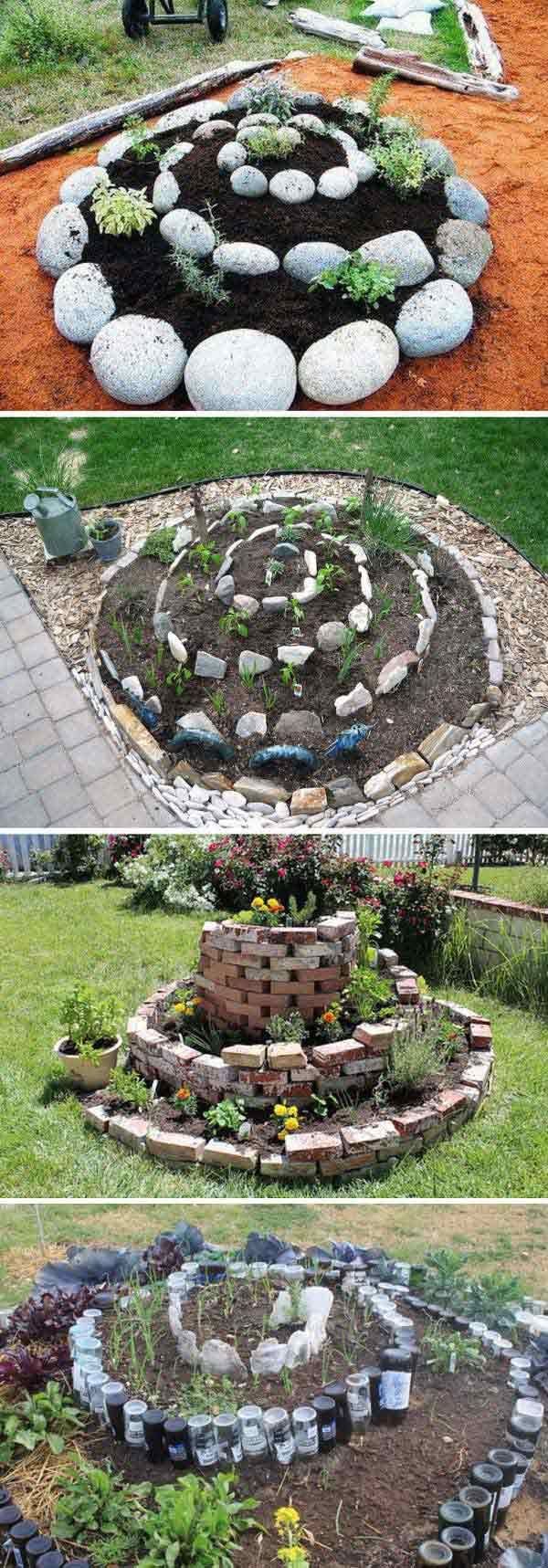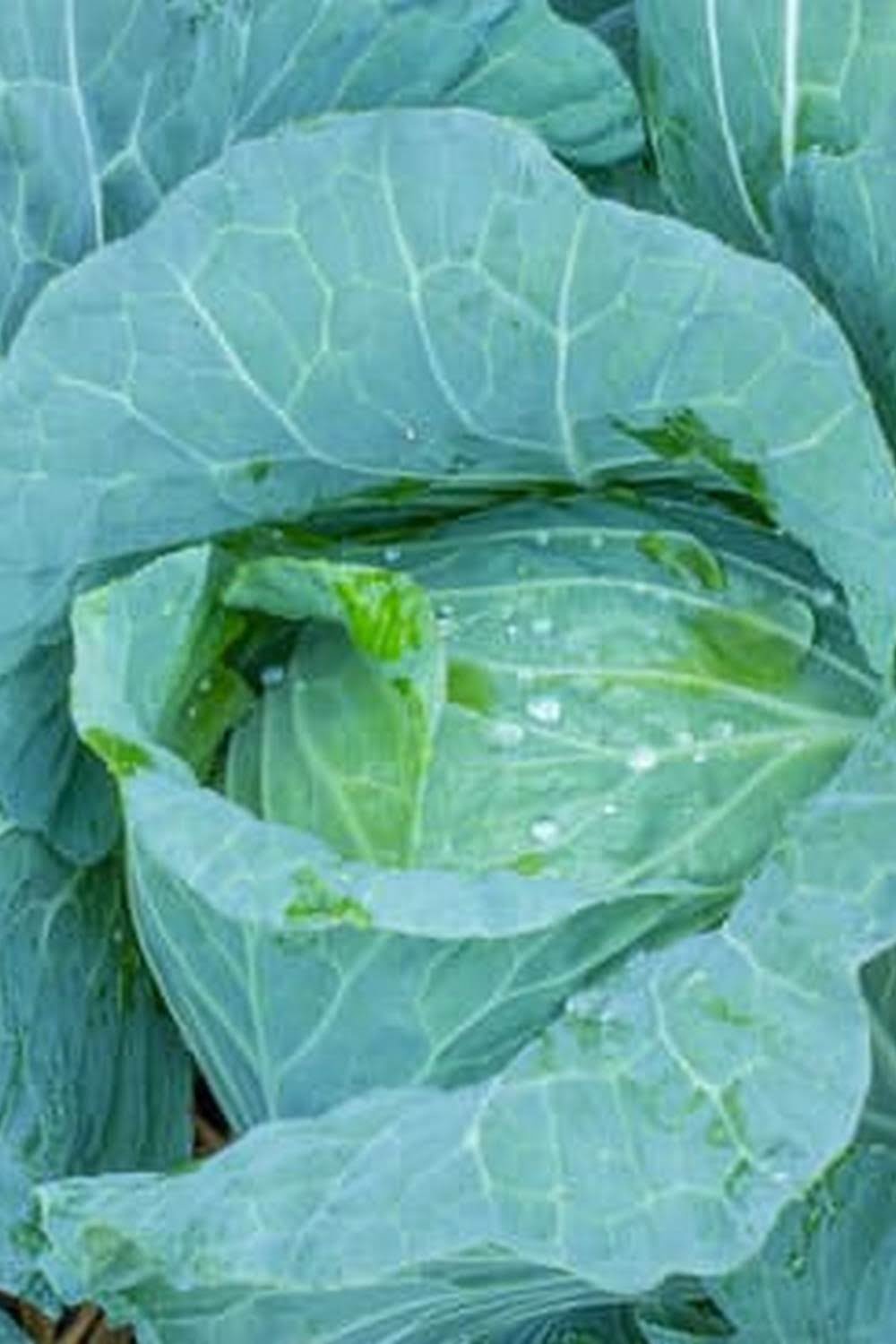Introduction
A vertical garden is a type of gardening in which plants are grown vertically, often on built structures such as walls, fences, posts, etc. Instead of laying out plants horizontally across the ground like in traditional gardening methods, vertical gardens bring a variety of plants and vegetables up off the ground and can be used to create unique and stunning garden designs.
Growing vegetables and herbs at home in a vertical garden offers many benefits including improved nutrition as you have access to fresh produce grown without the use of harmful chemicals and pesticides. Vertical gardens also provide better quality soil enrichment due to their vertical nature as it allows for better airflow and access to water. In addition, research has shown that having plants around the home environment offers psychological benefits such as decreased stress levels and improved air quality.
The environmental impact of vertical gardens is tremendous, from reducing food waste to cutting down on transportation costs associated with buying groceries. Vertical gardening also saves money by requiring less energy inputs since space can be maximized with efficient growing techniques such as succession planting or intercropping. Furthermore, vertical gardens help to improve biodiversity by offering pollinators more food options than what is found in conventional farming practices.
In conclusion, vertical gardening provides immense health benefits along with ecological gains when it comes to growing vegetables and herbs at home. With careful planning and implementation it is possible to create beautiful vegetable gardens while improving one’s physical wellbeing and preserving the environment simultaneously!
Types of Vertical Garden Designs
Ideally, the best vertical garden design depends on the type of plants, herbs, and vegetables you want to grow. A common approach is to mount a series of raised beds at different heights, so that plants are staggered in rows up the wall. Another option is to simply add potted plants into shelves that could be mounted right against the wall. Finally, for a greener look, you may want to consider using trellises or frames made from metal or wood to create an “onion-like” look by growing each plant in its own separate compartment.
The design should also consider the particular climate you live in; whether it’s dry inland or an area with more frequent rain showers. You can use vegetation that specifically benefits from certain climatic conditions such as creepers and vining plants for areas where there’s an abundance of moisture and heat. Additionally, a splash of color can be added with flowering vines such as bougainvillea or clematis to enhance your garden’s visual appeal if seeking a visually striking feature piece rather than strictly edibles.
Benefits of Growing Vegetables and Herbs Vertically
Cost savings: Vertical gardening can reduce the number of plants and materials you need for your garden. Because all the plants are clustered and spaced high off the ground, it’s easier to move a single pot or container rather than having to move many individual pots. You can save money on soil, water, fertilizer, and other supplies when using vertical gardening.
Improved growth rates: Plants grown in vertical gardens generally tend to be healthier due to improved air circulation and better exposure to sunlight. The increased air flow allows for more rapid uptake of nutrients from the soil. By providing optimal temperatures and humidity levels, you can promote more vigorous root growth which leads to faster growth rates as well as higher germination success rates.
Larger yields: Growing vertically also creates an ideal environment for larger plant yields since there is generally more space in a vertical garden than in a traditional one-dimensional setup; leaving your plants with more room for them to spread out their roots, absorb more water and access adequate amounts of light energy needed for photosynthesis. Vertical growing also allows you to grow larger varieties such as tomatoes or melons that wouldn’t exactly succeed in flat garden beds due to lack of sun exposure or limited root space otherwise.
Which Vegetables and Herbs are Ideal for a Vertical Garden
Vegetables such as tomatoes, bell peppers, eggplants, cucumbers, and squash are all good options for a vertical garden. They can be grown in hanging planters or other containers designed for vertical growing and benefit from the additional air circulation and sun exposure that come with a vertical garden structure. Tomatoes have the ability to spread out along their vertical support structures, making them well-suited to this type of gardening setup.
Herbs suitable for a vertical garden include parsley, cilantro, chives, sweet marjoram, oregano, thyme, rosemary and basil. Herbs grown in this manner offer increased exposure to sunlight due to the upright growth habit of these plants. When planted together in a container or another suitable space such as an old pallet box frame with drainage holes added it is important to note that some herbs will generally take up more space than others. Basil for example is relatively fast-growing compared to other herbs so it should be planted on its own or with generous spacing between other herbs.
Advantages of vertical gardening include providing more space in a small area and increased visual appeal when plants are grown together in an attractive design format. In addition they also offer improved soil health due to increased aeration which encourages root growth and better absorption of nutrients by the plant’s roots. Vertical gardens can also help conserve water since less evaporation occurs since the soil remains more moist due to limited exposure to wind and sun due to the shade provided by taller plants when planted alongside one another.
Disadvantages may include decreased yields compared to traditional methods of gardening due to smaller parts of each vegetable or herb being exposed directly light sources and pollinators; this may be offset by providing additional lighting sources or planting companion species with flowering blooms that attract pollinators such as mints or bee balm around the edges of your verticle plot structure . Additionally depending on the weight of your chosen vegetables or herbs provisions may need be made for extra weight bearing support which can add additional costs depending on how complex and desirable you wish your garden plot structure look like.
How to Plant a Vertical Garden
Steps to Plant a Vertical Garden:
1. Select the best site: Pick an area that has access to 4-6 hours of full sun, but where the garden itself can remain in a shady spot so the plants do not overheat. Consider how this space fits into your lifestyle and make sure the chosen plot is large enough for all the vegetables and herbs you plan to grow vertically.
2. Choose your container: Use an appropriate structure or frame that you may fashion out of wood or PVC pipes. This will depend on what vegetables and herbs you have chosen, as some will require climbing support such as trellis or strings attached to stakes.
3. Fill your container with soil: Make sure to use a quality potting mix designed specifically for vertical gardens. Add in plenty of compost or other organic material for added nutrients and moisture retention capacity.
4. Plant your vegetables and herbs: Refer to literature about specific planting depth for each type of vegetable and herb you are growing; some like Lettuce should be sown very shallowly, whereas others like Peas should be planted deeper (2-3 inches). Leave plenty of space between the seeds but ensure good contact with soil once planted by tamping down gently on each seed’s planting area using finger tips or other object like piece of wood etc.
5. Water thoroughly but carefully:: To encourage germination, give each plant ample water right away and also every three days thereafter until it starts showing strong new leaves/stems or flowers (this varies as per species). But be careful not to overwater as too much water inside a small space can create root rot (especially in warmer climates). Enough moisture should remain after watering so that desired nutrients have time to become available in soil before next watering session starts again!
6. Harvesting: The majority of vegetable varieties harvested from vertical plants are ready when fruits are firm yet tender (some like snap beans need also sizes mentioned). Regularly harvest overripe crops as well so new growth has a chance for nutrient uptake among other benefits such as more flowering resulting increased pollination opportunities etcetera!
Tips for Maintenance and Care
1. Regularly monitor soil pH, nutrient levels, and moisture content: Regularly check the pH balance of the soil to determine if it is too acidic or too alkaline for the plants that are being grown in the vertical garden. You should also keep an eye on nutrient levels in the soil and make sure they are appropriate for helping produce thrive. Monitoring and maintaining a proper soil moisture level is also important for keeping plants healthy and producing properly.
2. Keep pests away: Keeping pests away from your vertical garden vegetables and herbs may mean paying close attention to the signs of insect activity around it. Regularly inspect the plants, particularly their leaves and stems, to look out for damaging pests such as aphids or caterpillars before they become an infestation. If you spot any pests, take action immediately with insecticides specific to controlling those pests — using organic alternatives whenever possible — as well as physical removal and other natural methods.
3. Provide ample sunlight: Vertical gardens need sunlight for optimal growth so make sure you provide enough light for all of your fruits, vegetables, and herbs. Depending on what type of crop you are growing, try to give them spotlights during the day or put up light screens over your garden structures so none of your produce will be deprived of essential sun rays during darker months when sunlight can be lacking
4. Fertilize regularly: Applying fertilizer rich in trace elements at frequent intervals will help ensure that your crops grow healthy, vibrant foliage accompanied by higher yields by adding essential nutrients into the soil that might be lacking due to regular harvesting cycles or worn-out soils. For larger plant collections, consider purchasing a slow-release fertilizer option that can last longer while still supplying ample organically sourced vitamins and minerals to plants over time
Pest Control
1. Encourage predatory insects. Plant flowers around the edges of the garden to attract beneficial bugs such as lacewings, ladybugs, and predatory mites that feed on pest insects.
2. Introduce natural predators, such as praying mantises, to help keep pests at bay.
3. Make use of barriers to prevent pests from accessing your vertical gardens, such as row covers and screens on windowsills or hanging directly over plants.
4. Clear away plant debris and weeds regularly to help reduce insect numbers in the vicinity of your vertical gardens.
5. Handpick invading caterpillars and other pests from the plants at regular intervals if practical.
6. Use beneficial nematodes in the soil or on foliage of infested plants to control certain pests such as caterpillars, grubs, fleas and earwigs without any harm coming to beneficial wildlife or pets and without any chemical residue being left behind by conventional pesticides still used today that can contaminate waterways and harms birds, amphibians, and more sensitive organisms living in these areas!
Conclusion
Vertical gardening is a great way to create an abundance of delicious vegetables and herbs in limited outdoor space. It offers many benefits, including more plants per square foot, easier maintenance, effective use of natural light, improved air circulation and better access for watering. Growing vertically also eradicates the need for weeding and makes it easy to manage pests. Vertical gardening allows everyone, no matter the size of their garden or budget, to grow nutrient-rich produce and herbs in a productive and attractive way. If you’re looking for an efficient way to get the most out of your gardening experience, vertical gardening is worth trying.

If you’re looking to get into vegetable gardening, or are just looking for some tips on how to make your current garden better, then you’ve come to the right place! My name is Ethel and I have been gardening for years. In this blog, I’m going to share with you some of my best tips on how to create a successful vegetable garden.





